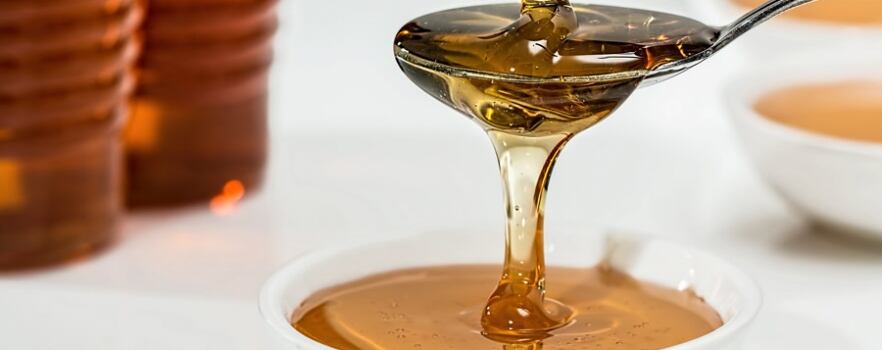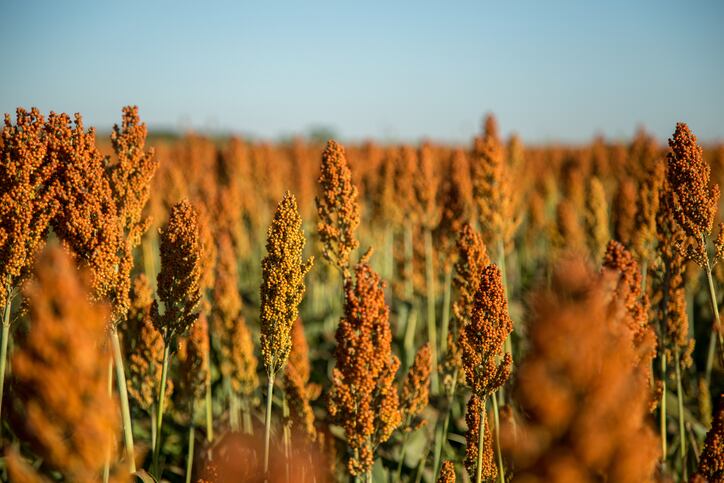Sorghum is an ancient African grain, native to the southern Sahara region.
Used for food, animal feed and as a biofuel, sorghum is drought resistant and can withstand high altitude. The gluten-free grain has a neutral, slightly nutty taste, good nutritional profile and has been identified as an on-trend ancient grain by Mintel analysts.
However, Hungarian company Sorghum Zrt is focussing on its potential as another sweetener in food and beverage manufacturers’ sweetening toolbox.
The plant can be used to make sorghum syrup and raw brown sugar, and the supplier is gearing up to bring sorghum syrup to the European market.
UPDATE
On 25 September, EFSA issued a positive opinion for sorghum syrup.
"EFSA does not raise safety objections to the placing on the market within the European Union of syrup from Sorghum bicolor (L.) Moench as a traditional food from a third country."
The European Food Safety Authority (EFSA) has completed the supplier’s novel food application for sorghum syrup as a traditional food from a third country although the final opinion has not yet been published in the official EFSA journal.
Sorghum Zrt plans to sell the syrup under the brand name Sorgovit and, according to its website, products will be available to manufacturers from November this year.
Caramel flavour
Sorghum syrup has long been used as a sweetener in the southern states of the US since the 19th century (where it is also known as sorghum molasses.)
The pressed juice from the young plant contains around 18% of sugars, of which 50% is sucrose, 25% fructose and 25% glucose, with more sucrose produced as the plant matures. It also contains levels of calcium, iron, magnesium, phosphorus and potassium, according to the supplier.
According to the Food and Agriculture Organisation (FAO), the world’s biggest producers of sorghum are the US, which produced over 12 million tonnes in 2016, followed by Nigeria with 6.9m tonnes and Sudan with 6.4m.
Sorgovit is “a sweet, silky, goldish-brown and slightly transparent syrup” with “a molasses-caramel flavour”, says the Szerencs-headquartered company, and can be used “whenever and wherever honey would be used” such as hot and cold drinks, desserts, baked goods and cooked meals.
High stability and yield security
“We believe that in countries, like Hungary, where the climate is not warm enough for sugar cane and not sufficiently cold and rainy for sugar beet, sweet sorghum can be an excellent sugar source due to its stability and high yield security,” it says.

Made using non-GMO sorghum cultivated in the Szerencs area, the crop is harvested from mid-August until mid-November and processed in much the same way as sugar cane.
After cutting and pressing the stalks, the raw juice is collected, purified and concentrated up to 75-800 Brix. The evaporation and concentration steps are done “at low temperatures to preserve nutritional values of the syrup."
According to the company’s website, its Szerencs factory is completely CO2 neutral and runs on renewable, biomass-based energy only, with the fibre content of the sorghum plant used as fuel.
Its biomass power more than covers the factory’s heat and electricity needs with the excess energy fed into the grid.
In order to fine-tune the syrup production process, the company took part in a government subsidised R&D programme together with the Budapest University of Technology and Gödöllő University of Agricultural Sciences.
According to the company’s application summary to EFSA, the plant-based sweetener in all food applications where honey, molasses and sugar are used for the entire population. The intended use levels will be comparable to the levels of honey, molasses, and sugar used in the various food applications.
“The daily intake levels should also not exceed the maximum levels for sugar as recommended by the World Health Organisation (50 g per day),” it reads.

